The extreme commonality of smartphones among people has transformed the photography scene as most smartphones are equipped with cameras of good quality. While smartphone cameras are not on par yet with professional cameras, the inclusion of certain settings or the help of additional tools can also capture high-quality photos.
So, are smartphones enough to capture high-quality photos? The short answer is, yes! In this article, we will further elaborate on some tips on how you can get the dreamy, beautiful, high-quality photos you see on social media platforms!
Smartphone settings
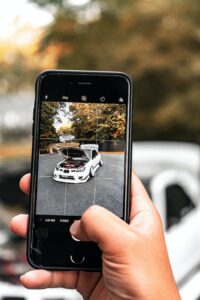
Turning on the gridlines enables you to easily leverage the “rules of third” and achieve a compelling, well-shot composition of images. This also saves time on how you might want to edit and position certain subjects later on in post-production.
Often, there is a professional mode available for our smartphone camera, where you get to play around with settings such as ISO, WB and exposure.
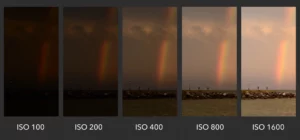 The photo was taken from https://photographylife.com/what-is-iso-in-photography. |
ISO – how sensitive your camera is to light. That being said, it affects the brightness of your image. The higher the ISO value, the brighter your image becomes but one downside is that a higher ISO produces grainier images. |
 The photo was taken from https://photographylife.com/ definition/white-balance. |
WB – the balance of colour temperature to make your image have a natural colour. How this works is that the camera is either “cooling” or “warming” your photos through this setting to add more blue or orange to your image to achieve a more “normal” visual. |
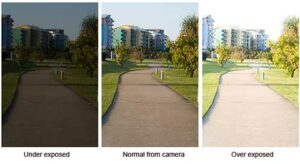 The photo was taken from https://www.slrphotographyguide.com/ exposure-tips/.
|
Exposure – how much light is reaching your camera. Overexposure leads to overly-bright photos while underexposure leads to overly-dark photos. |
By playing around with these settings, you gain more control over the image you are capturing as compared to setting your camera on auto-mode. You can then inject your own style into these photos.
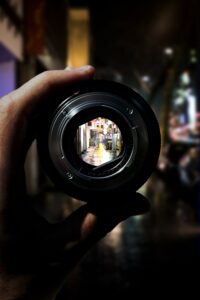
Another aspect to consider would be utilising the zoom function of your camera. Without professional lenses, excessive zooming can result in a lower-quality photo. So, consider the distance between your camera and the subject you intend to take and how this distance may affect your image.
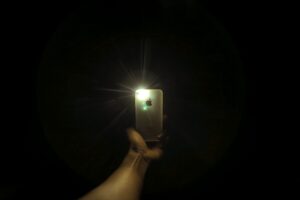
Flash is one other aspect to consider during your photography sessions. There is a difference generated from using flash and having a constant stream of light in terms of the angle, the amount and the duration of light shone onto the object. Give some thought about how the tone and vibe of your image may be affected by this factor before deciding on the light source to use.
Additional tools
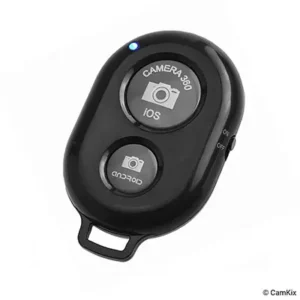
Photo is from https://www.pixelz.com/blog/use-smartphone-to-capture-high-quality-product-images/.
A wireless remote is one of the ways to counter shaky hands. It extinguishes issues of blurry images or wrong positioning of frames as the camera is properly positioned. At an affordable price and ease of connectivity, a wireless remote greatly reduces the work required to capture a high-quality image.

Another tool is additional lenses, which can give your images a refreshing twist or achieve certain effects without sacrificing quality. The fisheye or wide-angle lens aids you in capturing new perspectives while there are various lenses to reach different levels of zoom.
By practising and experimenting with camera settings and additional tools, these two tips can help you fulfil your photography dream through what you already have in your hands – your smartphone.









